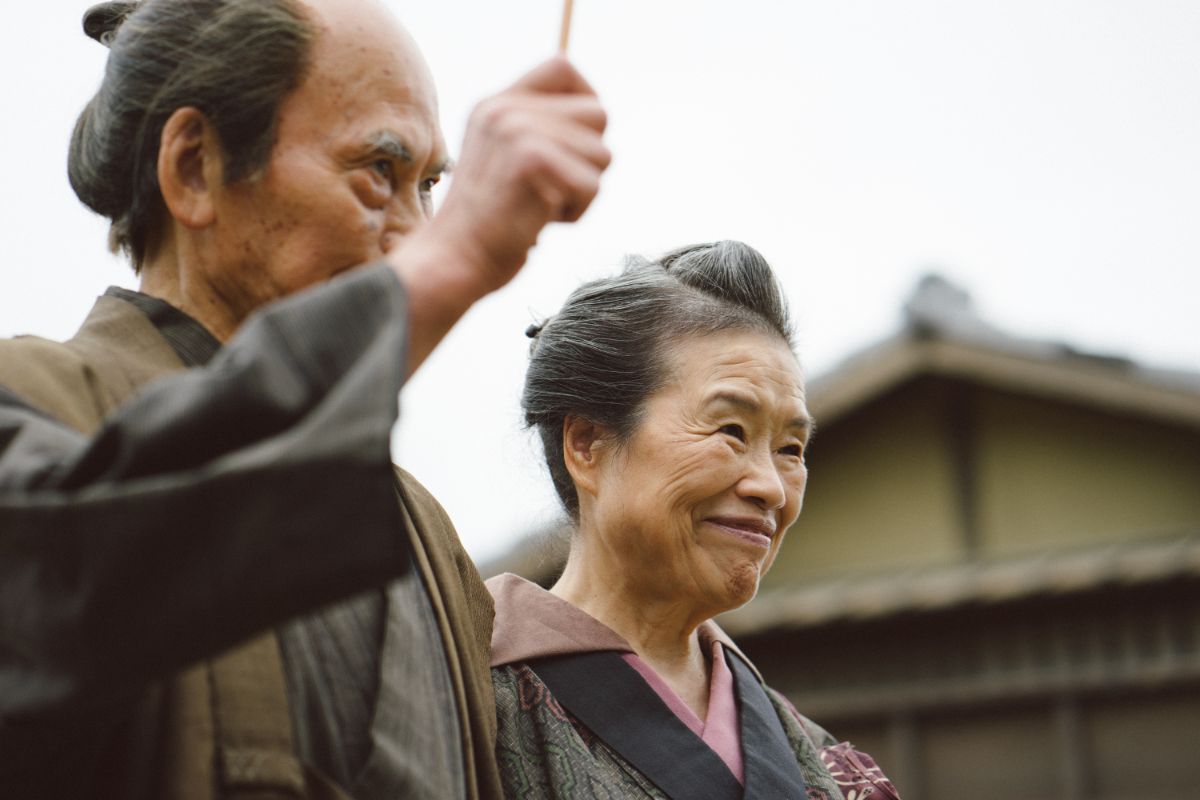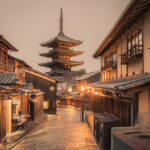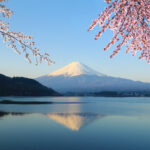Japan is a nation that has an incredibly rich history that has been explored in depth for many years.
There has been plenty of research into Japan’s earliest history, much of which has revealed some truly fascinating and incredible things.

However, not many people actually know about Japan’s early history, and what it is that makes it so intriguing.
Even more interesting are the many ways that Japanese history has impacted the country to this very day, and the small ways in which you can notice its impact while exploring its cities and towns.
You’re likely here because you want to know a little bit more about Japan’s early history, and the ways it has impacted the nation to this day.
You made the right choice because today we are going to take a look at the truly fascinating early history of Japan, to find out what it can tell us about today! Read on below to get started.
The Pre-Ceramic Culture
The pre-ceramic is generally the earliest known period of Japanese history. The name of the period is derived from the fact that the people had yet to begin creating pottery to contain food, water, and other basic survival essentials.
Though it is completely unclear just when the first humans began to settle in Japan, records have shown that the pre-ceramic cultures are definitely the earliest that we know of.
These cultures were believed to have existed from around 30,000 to 10,000 years ago, which is a fairly significant amount of time!
Research has identified numerous tools that would have been developed and used during this period. These tools were made by chipping away at stone to fashion weapons for defense, offense, and hunting.
Of course, many of these tools, naturally, will have led to the development of iconic weapons such as the katana and kunai.
The Jomon Culture
The Jomon culture is one of the first known eras of Japanese history that marked the end of the pre-ceramic age. The Jomon culture is, now, perhaps best known precisely for its iconic pottery that has a totally unique look.
Jomon pottery has a rather rope-like look to it, and you will notice, upon looking at Jomon pottery, that much of it is made up of long and connected cord-like shapes that make it totally distinct.
Even cooler is the fact that Jomon pottery is amongst some of the oldest pottery in the world, and many pieces of it still survive to this very day!
Jomon pottery has had a significant impact on culture in modern Japan, most notably in video games. The hit video game The Legend Of Zelda: Breath Of The Wild took much of its stylistic inspiration from the unique look of Jomon pottery!
Jomon pottery is also incredibly interesting because it was not only incredibly functional, especially considering that the Jomon period was the first period to make use of pottery, but it was also incredibly beautiful, intricate, and artistic.
The patterns on the pottery are very elaborate and intricate, and it is easy to get lost while looking at them! You definitely have to look at them for yourself, they’re incredible.
Early theories suggested that the people of the Jomon culture were actually the ascendants of the Ainu people, also known as the indigenous peoples of the nation.
However, more recent research has proven that the Jomon people were actually proto-Japanese.
People all across Japan in the modern age have unique characteristics as a result of the Jomon people mixing with others from other countries in Asia and across the South Pacific.
This means that the people from the Jomon period will have descendants still living to this day!
The Yayoi Culture
The Jomon culture of Japan was predominantly based in the Northernmost part of the country, and the culture remained dominant from around 10,500 to 300 BCE!
However, the Yayoi culture was able to spread far quicker and far more dominantly from the Central and Eastern portions of the country, and this led to them overwhelming much of the Jomon culture.
Yayoi culture was incredibly distinct from Jomon culture, and the thing that points most clearly to this fact is that Yayoi pottery was found to be most lacking in patterns, suggesting that pottery was made entirely for function, and never as a form of artistic expression.
The Yayoi culture was also well known for harvesting rice, a food substance that, of course, still remains incredibly popular to this very day.
Yayoi culture has also been linked to the development of rice paddies, a popular type of site for growing rice that makes use of the natural moisture in the ground. This is a method that is still used to this very day!

How Has Japan’s Early History Shaped The Country Today?
Though these are only a few of some of Japan’s earliest cultures, it is clear the impact that they have had on Japan in the modern age.
From cultural impacts as seen with the aesthetics of Jomon culture making their way to modern video games, to agricultural impacts such as those from the Yayoi period, including the introduction of rice paddies.
Other ways that Japan’s earliest history can still be felt in the nation to this day, and across the world include the Shinto religion (see also ‘The 4 Most Common Religions In Japan And The Reasons Why‘), a religion that still proves to be incredibly dominant within the country, with over 80% of the Japanese population practicing it to this day.
The influence of early Japanese art and architecture can also be found in much of today’s modern art, and even in some of the modern architecture in Japan, such as arched roofs, and sliding doors.
Some of the oldest and largest wooden buildings in the world are also located in Japan!
To Conclude
So, there you have it! That is just a small glimpse into Japan’s rich and early history, and it gives you a great sense of how the nation has been shaped, and the immense amount of culture that has led the nation to where it is now.
The cultural impact of some of Japan’s earliest periods can still be felt to this very day across popular culture, and in how certain aspects of society operate!
Thus, it is very valuable to continue to study Japan’s early history, to get a sense of what it can tell us about the nation today!
Frequently Asked Questions
What Major Events Shaped Japan?
There are numerous massive events that have occurred both within Japan and around the world that have had an impact on the nation.
Included amongst these are natural disasters like the great Kanto earthquake, as well as world events such as World War II, and the atomic bombings of Hiroshima (see also ‘Is Hiroshima Still Radioactive Today?‘) and Nagasaki.
What Period is Japan in Now?
Japan is now currently in the Reiwa period, which began in May of 2019 and followed on directly from the Heisei era, which lasted 31 years.
How did Modernization Affect Japan as a Nation?
Modernization in the wake of the Second World War helped Japan to significantly increase its standing both politically and financially, in order to enter the world stage and become a strong power.
- 16 Best Websites To Watch Japanese Movies With English Subtitles - May 11, 2023
- Is ZIPAIR The Best Airline For Traveling To Japan? - May 11, 2023
- Ryu Murakami Vs Haruki Murakami – Which One Should You Read? - May 11, 2023








